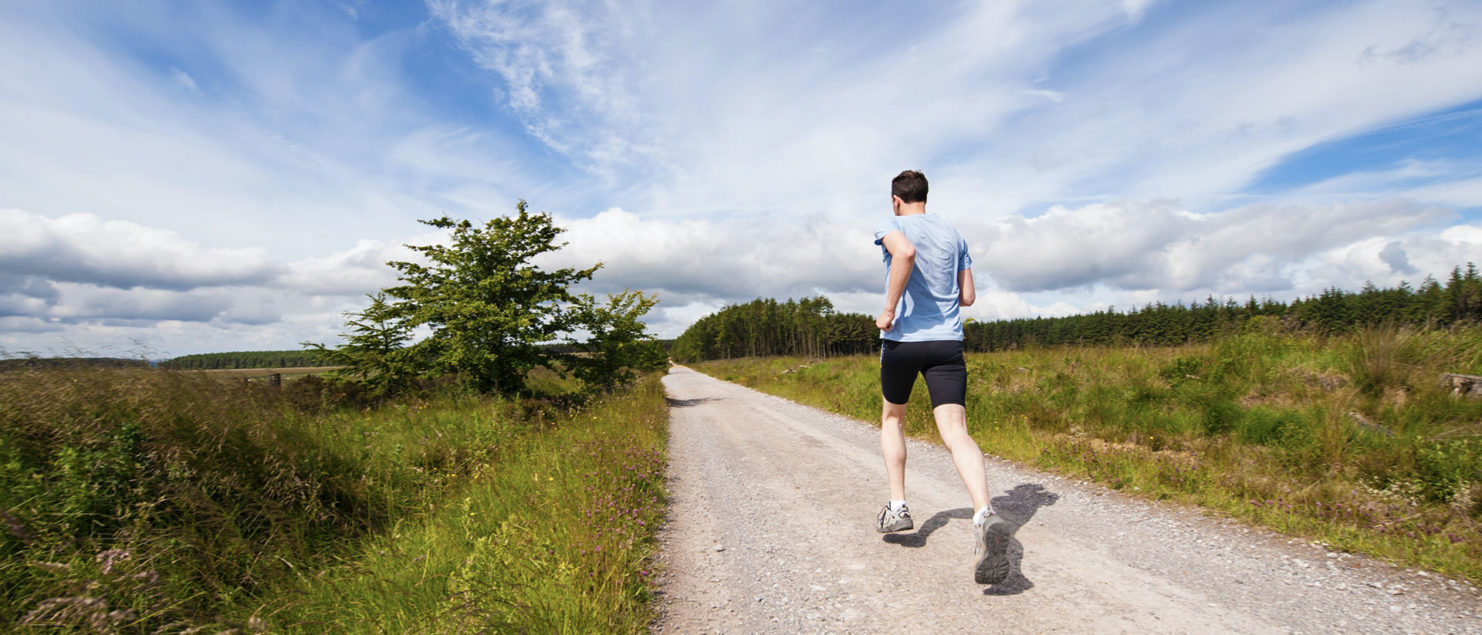Three essentials to stay healthy in COVID-19 lockdown
We could hazard a guess at what the key phrases of 2020 will transpire to be… “Unprecedented”
“Social distancing”
“Furlough”
But it’s worth taking a moment to consider what words we might select to sum up our personal response to the current C-19 outbreak. I’d hope that cognitive flexibility, agility and resilience would feature in my own retrospective performance review.
So how can we all maintain wellbeing and productivity amidst a global current pandemic?
1. Remain future focussed
For now, we’re prepared to live our lives in deference to this tiny virus which, though less than a ten-thousandth of a millimetre in diameter, has found a way to gain covert free entry into human cells. But make no mistake, its period of influence will be finite, it’s just a question of how rapidly we can play catch up.
During this period of transition, it can be hugely worthwhile to crystallise our future aspirations and translate these into a schema of short, medium and long-term actions. These can provide critical momentum to leverage new opportunities once the crisis is behind us.
Because neuroscience informs us that if we visualise our future selves thriving in specific situations, our brains start to wire and behave as though that imagined experience had actually taken place. So, whilst we may be confined to our home office for now, visualising ourselves flourishing in a new role perhaps as a keynote speaker, mentor to young talent or new business entrepreneur will increase the likelihood of us becoming an effective architect of our future experience.
2. Keep routine alive
In words attributed to Aristotle, if we are what we repeatedly do then excellence is borne from habit.
We know that the primitive emotional part of our brain which has evolved with us loves predictability and certainty. When this small almond-shaped area known as the amygdala is calm, our rational and more highly developed adult brain – the part of our grey matter that resides in our pre-frontal cortex – can take charge. Believe me, you really don’t want your amygdala as your brain’s CEO at the moment!
The stability of routine pacifies our amygdala. Routine also improves our productivity and efficiency. Take sleep for example. As we age, our sleep efficiency reduces. We find ourselves getting proportionally less of the deep, restorative sleep that our bodies and brains crave for health. Keeping a consistent routine around bedtime, avoiding blue light from backlit devices in the evening and minimising variance in bedtime and wake time, will improve our sleep efficiency. So we’re more likely to spend the majority of our time in bed actually reaping the benefits of slumber which include improved productivity and mood.
3. Move More
The advantages of the tech revolution have perhaps never been so apparent as now. Digital connectivity and remote working have been critical for service delivery and business continuity. But research tells us that the flip side of the technology coin is an increase in sedentary time which we know rises sharply as we age. But what’s the problem with taking the weight of our feet?
In our evolutionary past, food scarcity meant inevitable periods of famine. So, homo sapiens developed an efficient power-save mode to conserve energy. In this mode, our muscles fibres shrink, a multitude of microscopic energy generators in our cells switch off and we store fat around vital organs. The negative effects of sitting are so significant that it’s been dubbed the new smoking.
But if we get out of our chair and take a brisk walk, a surge of oxygen and vital nutrients reach our brain. In fact, walking at pace for just thirty minutes, enough to make us breathe a little faster, (still able to hold a conversation but not sing a cantata) increases the availability of a little molecule called BDNF (brain-derived neurotrophic factor) by 30%. This neurotransmitter increases the size of brain cells and strengthens neuronal connections which sharpen our focus and attention. When we consider that our brain volume starts to shrink by 1-2% every year after the age of 40, moving more is an easy route to reverse ageing. To ensure that we remain as cognitively agile at 100 as we are at 50!
It’s in our hands to stay young mentally and physically.

